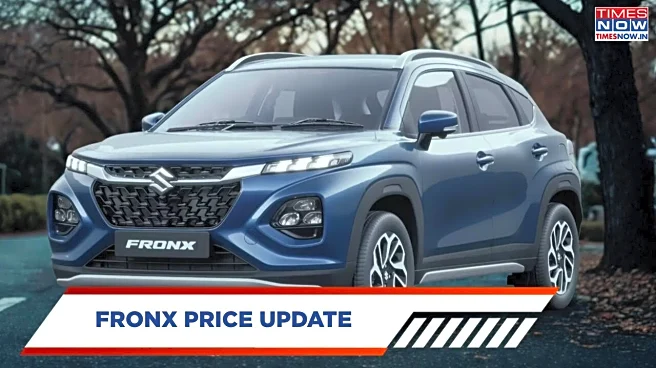Hyundai is developing a new generation of the i20, one of its most popular premium hatchbacks. A prototype was first spotted testing in Europe last month, and now a test mule has been seen on Indian roads
for the first time. The i20 has been on sale in its current form since late 2020 and has received only minor updates since then. Despite the shrinking hatchback market in India, Hyundai continues to see demand from buyers who prefer a premium hatch over compact SUVs.
Spy shots indicate the next-gen i20 will receive a comprehensive exterior redesign in line with Hyundai’s latest global styling language. Expect sharper lines, a revised grille, and new headlamp and tail-lamp designs. The changes are likely to make the hatchback look sportier and more upscale, in line with recent Hyundai launches.
Also Read: 2026 Kawasaki KLX 230, KLX 230R S Prices Reduced After GST 2.0 Revision: Check New Rates
The interior is also expected to see significant changes. The current i20 was among the first Hyundai models in India to feature a dual-screen setup, and the new model is likely to expand on this with updated digital displays, a new dashboard layout, and more premium materials. Hyundai is expected to load the cabin with loads of connectivity features and additional driver-assist technologies.
Under the hood, the next-gen i20 is expected to retain the current set of engines. The standard model is powered by a 1.2-litre naturally aspirated petrol engine producing 81.8 hp and 114.7 Nm of torque, paired with either a 5-speed manual or CVT. The i20 N Line variant features a 1.0-litre turbo-petrol engine with 118 hp and 172 Nm of torque, offered with a 6-speed manual. Whether Hyundai will continue or revise the N Line variant for the new generation remains unclear.
Also Read: TVS Raider 125 Price Cut GST 2.0: Check Updated Prices
Hyundai has not announced an official launch date or pricing details yet. However, the appearance of test mules in India suggests development is progressing steadily, with an expected market debut sometime in 2026.












